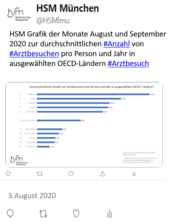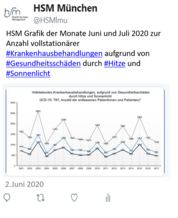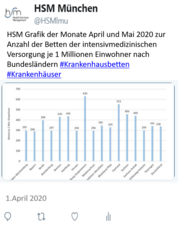Regional Distribution of Physicians: the Role of Comprehensive Private Health Insurance in Germany
| Autoren/Herausgeber: |
Sundmacher, L. Ozegowski, S. |
|---|---|
| Erschienen: | 2015 |
| Publikationsart: | Articles in Refereed Journals (International) |
| ISBN/ISSN: | 1618-7598 |
| erschienen in: | European Journal of Health Economics |
| Weitere Quellenangabe: | Pages 1 - 9 |
Abstract
Objective
In recent years, the co-existence in Germany of two parallel comprehensive insurance systems—statutory health insurance (SHI) and private health insurance (PHI)—has been posited as a possible cause of a persistent unequal regional distribution of physicians. The present study investigates the effect of the proportion of privately insured patients on the density of SHI-licensed physicians, while controlling for regional variations in the average income from SHI patients.
Methods
The proportion of residents in a district with private health insurance is estimated using complete administrative data from the SHI system and the German population census. Missing values are estimated using multiple imputation techniques. All models control for the estimated average income ambulatory physicians generate from treating SHI insured patients and a well-defined set of covariates on the level of districts in Germany in 2010.
Results
Our results show that every percentage change in the proportion of residents with private health insurance is associated with increases of 2.1 and 1.3 % in the density of specialists and GPs respectively. Higher SHI income in rural areas does not compensate for this effect.
Conclusion
From a financial perspective, it is rational for a physician to locate a new practice in a district with a high proportion of privately insured patients. From the perspective of patients in the SHI system, the incentive effects of PHI presumably contribute to a concentration of health care services in wealthy and urban areas. To date, the needs-based planning mechanism has been unable to address this imbalance.





